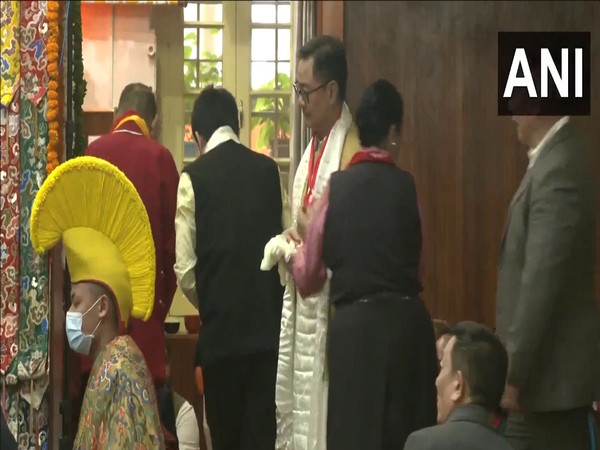Journey of a Lifetime: The Dalai Lama's Unwavering Path
Lhamo Dhondup, recognized as the 14th Dalai Lama at a young age, became a spiritual icon and political leader amidst Tibet's struggle with China. Despite exile, he advocates for non-violence, autonomy within China, and various rights. His legacy promises continuation with his established succession plan.

- Country:
- India
In the late 1930s, a young boy named Lhamo Dhondup in a quaint Tibetan village was identified as the reincarnation of the 13th Dalai Lama by Buddhist monks. At just 2 years old, this recognition set the foundation for his journey to become a globally recognized spiritual leader and the 14th Dalai Lama, Tenzin Gyatso.
The Dalai Lama's influence extends beyond spiritual guidance. As Tibet faced political turmoil with China, he was given full temporal power at 15 and later sought asylum in India following the 1959 uprising. Advocating for peaceful solutions, he proposed genuine Tibetan autonomy within China's constitutional framework, steering away from full independence.
Known for his advocacy in religious harmony, LGBTQ rights, and environmental issues, Tenzin Gyatso retired from his political role in 2011, leaving leadership to elected representatives. His succession plan, ensuring the continuation of the Dalai Lama tradition, remains a point of contention with China, which insists on its approval for any future successor.
(With inputs from agencies.)










